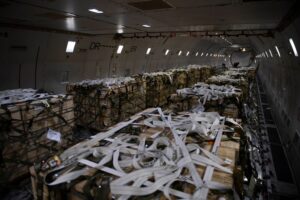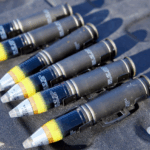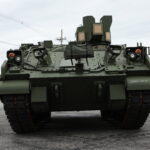
The U.S. has approved a new $500 million weapons aid package, which includes providing Ukraine with more Stinger and Javelin missiles as well as Bradley and Stryker vehicles as it continues its counteroffensive operation. “This package, valued at up to $500 million, includes key capabilities to support Ukraine's counteroffensive operations, strengthen its air defenses to help Ukraine protect its people, as well as additional armored vehicles, anti-armor systems, critical munitions, and other equipment to help Ukraine push back on Russia's…

 By
By 











